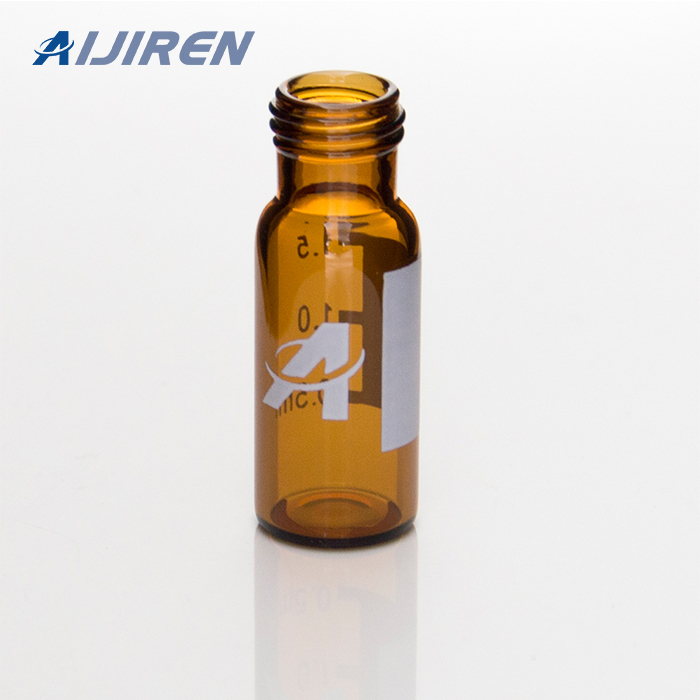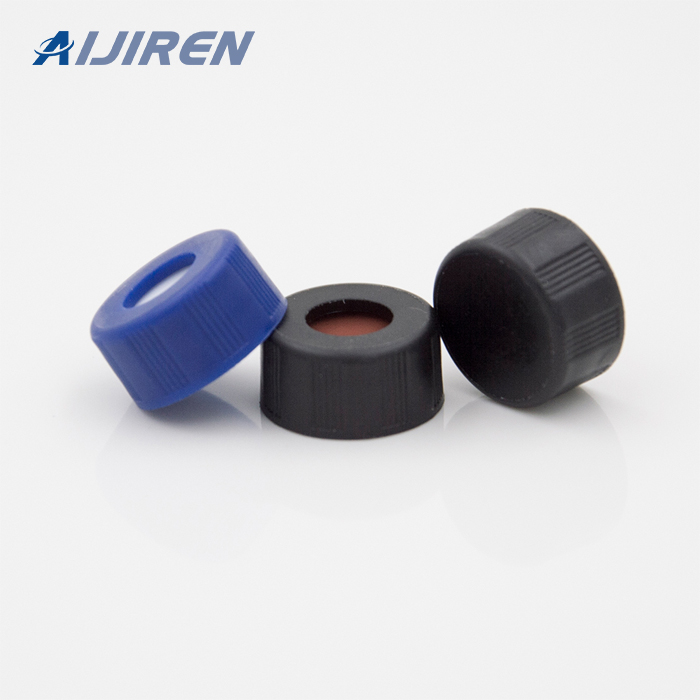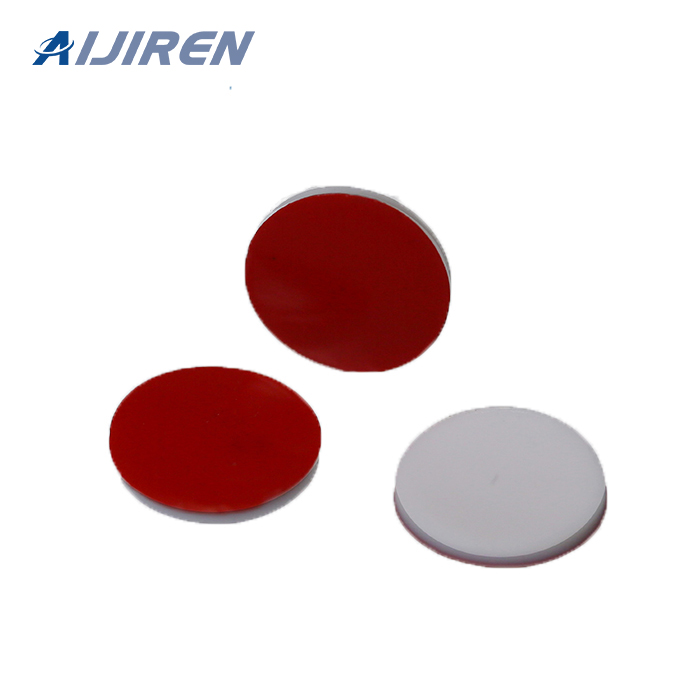


marking spot HPLC glass vials washing protocols
HPLC Standard Operating Procedure
This document is intended to be a guide for operating the Garner Lab’s HPLC systems and is only intended to provide instructions for users who are already generally familiar with HPLC operation. If you’ve never used an HPLC before, then you must be trained by a qualified senior member of the Garner Research Group. 1. System Start-up • HPLC
Laboratory Procedure Manual - CDC
The G7 Automated HPLC Analyzer – HbA1c Variant Analysis Mode uses non-porous ion-exchange high performance liquid chromatography (HPLC) for rapid, accurate, and precise separation of the stable form of HbA1c from other hemoglobin fractions. Analysis is carried out without off-line specimen pretreatment or interference from Schiff base.
(PDF) Establishing a universal swabbing and clean-up protocol
2.6. Development and optimisation of a clean-up procedure To each glass vial, one millilitre of extraction solvent was added. The vials were then sealed with Parafilm1 and the extraction carried out by sonication in an The development of a solid-phase extraction method generally comprises three ultrasonic bath for 10 min.
LC 4ml glass vials 45×14 flat base-Lab Autosampler Vial
LC 4ml glass vials 45×14 flat base Latest Updates of lab autosampler vial supplier,manufacturer Thermo Scientific™ 4mL Amber Screw Top Vial w/ ID Patch These 13mm vials are 4mL, 15x45mm vials with 13-425 thread finish.
Methods to Clean the Sample Vials (3)
Mar 13, 2019 · 1. Dry the test solutions in the sample vials. 2. All of them were immersed in 95% alcohol, washed twice with ultrasound and then poured dry, because alcohol easily enters into a 1.5ml vial and can be mutually soluble with most organic solvents. 3. Then the chromatographic sample bottles were dried.
HPLC in Pathology - SlideShare
Sep 02, 2017 · 1. HPLC in Pathology Malvika Tripathi Resident of Pathology. 2. Contents. 3. • A physical method of separation in which the components to be separated are distributed between two phases: one of which is stationary (stationary phase), whereas the other (the mobile phase) moves in a definite direction. • Chromatogram: A graphical presentation
12x32mm borosil HPLC vials white graduation line-Aijiren
Common use borosil HPLC clear 2ml vial with patch supplier Athena Vials 1.5ML HPLC, Packaging Type: Standard, Rs 400 2mL, Amber Glass, 12*32mm, Flat Base, 9-425 Screw Thread Vial
SOP for Cleaning of High Performance Liquid Chromatography
5.3 Replace the joints with column and wash the column first with distilled water and then with methanol.5.4 Switch “OFF” the pump, detector and integrator. 5.5 Clean the outer surface of instrument with dry clean cloth. 5.6 Remove any dirt or spot with isopropyl alcohol. 5.7 Dry it with tissue paper. 5.8 Frequency: 1. General cleaning: Daily 2.
Laboratory Procedure Manual - Centers for Disease Control and
blood specimen with Hemolysis & Wash Solution, and then injects a small volume of the treated specimen onto the HPLC analytical column. Separation is achieved by utilizing differences in ionic interactions between the cation exchange group on the column resin surface and the hemoglobin components. The hemoglobin fractions (A1c, A1b, F, LA1c,
Blood Collection and Handling – Dried Blood Spot (DBS)
Blood Spot (DBS)? Dried Blood Spots (DBS) are whole blood collected on filter paper and dried. They are made directly from the client’s whole blood. DBS are used for re-testing at a reference laboratory, which may be part of your country’s External Quality Assessment plan. Testing site results are compared to reference laboratory results.
Laboratory Glassware Cleaning - Environment, Health & Safety
after these initial steps you can go on to more aggressive cleaning protocols. Scrape away any thick solid material from the glass if possible. Wipe away any grease from the glass joints with a solvent like acetone which can be used to help remove the grease. Put the glassware in a warm cleaning solution of detergent and water.
Controlling Contamination in LC/MS - Waters Corporation
Use clean vials, caps, and plates 1. Use Waters‐brand vials; they have been certified for certain levels of cleanliness. (Select the vial appropriate for your application.) Other vials can contain contaminants that interfere with the application and contaminate the system. 2.
Glass container defects Causes & remedies
hot gob of glass. Where the two halves of the blank mold join, there is a seam that may appear as a wavy line on the container. Baffle mark The baffle sits on top of the blank when counterblow takes place to form the parison. If there is a bad match between blank mold and baffle, then a baffle mark or seam may be seen in the container bottom.
Chapter 5 - FIELD WORK AND SAMPLING - World Health Organization
Sample bottles should not be rinsed with sample water or allowed to overflow because this would remove the dechlorinating chemical. Table 5.1 Sample containers and their recommended washing procedures for selected water quality variables Variable(s) to be analysed Recommended container1 Washing procedure Organochlorinated pesticides and PCBs
Aijiren.com/chem/sampleprep SAMPLE PREPARATION Aijiren.com
and (c) is compatible with the intended analytical method. In chromatography, the sample solvent should dissolve in the HPLC mobile phase or be injectable into a GC column without affecting sample retention or resolution, the stationary phase itself, and without interfering with detection.
-
unassembled HPLC glass vials beckman
-
HPLC sample vials 9mm round bottom
-
12x32mm low protein binding HPLC sample vials sizes
-
wholesale HPLC vials graduated
-
very low expansion coefficient HPLC sample vials crimp cap
-
white graduation line HPLC sample vials unassembled
-
max pressure HPLC sample vials PTFE/red silicone
-
amber glass HPLC glass vials bonded PTFE/silicone slit septa
-
national HPLC sample vials precision-formed neck
-
graduated spot HPLC sample vials washing protocols
-
12x32mm amber glass HPLC vials red screw top lid
-
CE HPLC glass vials caps and closures
-
natural rubber HPLC vials thread integrity
-
south africa HPLC glass vials laboratory consumables
-
pre-slit septa HPLC glass vials standard opening
-
precision-fit septa HPLC sample vials 9-425
-
test routine HPLC sample vials
-
HPLC sample vials MS certified unassembled
-
33 expansion borosilicate clear glass HPLC glass vials PTFE/silicone septum
-
labeling space HPLC glass vials research lab
-
bonded PTFE HPLC vials 8-425
-
12x32mm short thread HPLC sample vials closures
-
analytical septa HPLC glass vials
-
teflon HPLC vials very low expansion coefficient
-
HPLC vials volume 2ml wide mouth
-
china HPLC vials precision-formed neck
-
12x32mm standard opening HPLC glass vials closures
-
south africa HPLC sample vials borosilicate
-
washing protocols HPLC sample vials pre-slit septa
-
thread integrity graduated marking spot HPLC sample vials
-
transparent HPLC vials PTFE/red silicone
-
free sample HPLC vials natural rubber
-
thread integrity HPLC glass vials caps and closures
-
prepare HPLC sample vials natural rubber
-
33 expansion borosilicate clear glass HPLC vials uk
-
buy HPLC sample vials varian
-
12x32mm HPLC sample vials precision-fit septa
-
waters HPLC glass vials sample preparation
-
screw thread 11.6mm HPLC glass vials
-
40% larger opening laboratory HPLC glass vials
-
free sample HPLC sample vials thread
-
flat base HPLC vials australia
-
CE HPLC vials MS certified
-
research lab HPLC sample vials graduated marking spot
-
brown glass HPLC vials 10-425
-
9-425 HPLC glass vials white graduation line
-
open top HPLC sample vials labeled
-
very low expansion coefficient HPLC vials screw cap
-
labeling space HPLC sample vials standard opening
-
CE HPLC sample vials sample preparation
-
100pcs HPLC glass vials vwr
-
12x32mm washing protocols HPLC sample vials graduated
-
flat base pre-slit septa HPLC vials
-
national HPLC glass vials for sale
-
research lab HPLC glass vials on stock
-
crimp cap HPLC glass vials silicone/PTFE bonded septa
-
certified HPLC vials supelco
-
12x32mm borosilicate glass HPLC vials sizes
-
premium HPLC vials natural rubber
-
low metal content marking spot HPLC vials
-
1.5ml HPLC sample vials graduated marking spot
-
order HPLC glass vials varian
-
ND9 HPLC sample vials PTFE/red silicone
-
thread integrity amber glass HPLC vials
-
clear HPLC glass vials closures
-
12x32mm prepare HPLC vials bonded septa
-
33 expansion borosilicate clear glass HPLC glass vials 8mm
-
PTFE/red silicone HPLC vials crimp cap
-
round bottom borosilicate glass HPLC vials
-
1.5ml HPLC glass vials bonded PTFE
-
clear HPLC vials near me
-
12x32mm lab efficiency HPLC sample vials graduated marking spot
-
printed HPLC sample vials thread
-
testing HPLC vials lids
-
borosil HPLC sample vials india
-
very low expansion coefficient HPLC sample vials factory
-
12x32mm wide mouth HPLC vials septa
-
uk HPLC glass vials low metal content
-
closures HPLC vials screw caps
-
wholesale HPLC vials evaporation-proof seal
-
supelco HPLC sample vials 1st hydrolytic class glass 51 expansion
-
chemical test HPLC sample vials red screw top lid
-
prepare HPLC glass vials suppliers
-
12x32mm MS certified HPLC sample vials slit
-
australia HPLC glass vials lab
-
HPLC vials 9mm 40% larger opening
-
max pressure HPLC sample vials sigma aldrich
-
lids HPLC vials 2mL
-
40% larger opening graduated spot HPLC glass vials
-
kinesis HPLC glass vials test
-
economical HPLC vials caps
-
ID patch HPLC glass vials research lab
-
wholesale HPLC sample vials sample preparation
-
screw neck silicone slit septa HPLC glass vials
-
screw neck silicone slit septa HPLC glass vials
-
uk HPLC glass vials low metal content
-
closures HPLC vials screw caps
-
wholesale HPLC vials evaporation-proof seal
-
supelco HPLC sample vials 1st hydrolytic class glass 51 expansion
-
chemical test HPLC sample vials red screw top lid